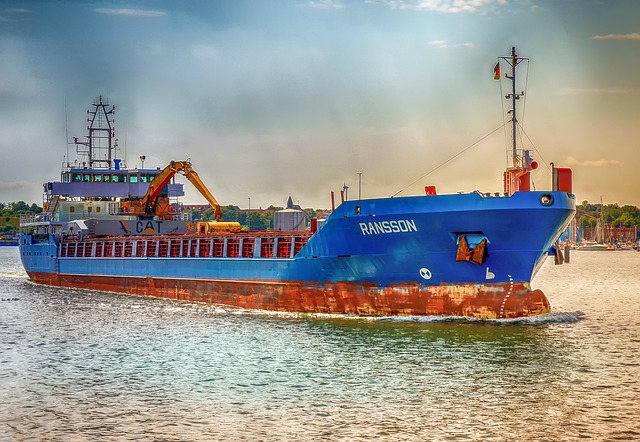Shipping your vehicle across country involves considering several key cost factors like vehicle type, distance traveled, chosen shipping method (open-air or enclosed carriers), and pickup/delivery locations. Effective budgeting requires gathering detailed information about your car, including make, model, and condition, to secure a precise estimate. Strategic approaches such as shopping around for quotes, being flexible with dates, and shipping during off-peak seasons can lead to significant cost savings. Preparing your vehicle before transport by cleaning it, ensuring good working condition, and removing personal belongings can also improve loading efficiency and lower labor fees.
Shipping your vehicle across the country can seem like a daunting task, but understanding the cost factors and process can make it smoother. This comprehensive guide delves into the various elements that influence shipping costs, offering insights on how to estimate expenses accurately. Additionally, discover practical tips to reduce costs when shipping your vehicle, ensuring you get the best deal possible for this significant investment.
- Understanding the Cost Factors for Vehicle Shipping
- The Process of Estimating Shipping Costs
- Tips to Reduce Expenses When Shipping Your Vehicle Across Country
Understanding the Cost Factors for Vehicle Shipping

When shipping your vehicle across the country, understanding the cost factors involved is crucial for budgeting and ensuring a smooth process. Several key elements determine the final price tag for this service. One primary factor is the type of vehicle; cars, trucks, SUVs, and other vehicles have varying rates due to size and weight differences. Additionally, the distance traveled plays a significant role in calculating costs—the longer the route, the higher the shipping expenses.
Another critical aspect is the shipping method chosen. Common options include open-air transport, where vehicles are carried on flatbed trucks, and enclosed carriers that provide better protection from weather and potential damage. Enclosed shipping tends to be pricier but offers enhanced security for your vehicle during transit. Furthermore, factors like pickup and delivery locations can impact costs, with urban areas potentially having higher fees due to the complexity of navigation and congestion.
The Process of Estimating Shipping Costs

Estimating shipping costs for your vehicle involves several factors that play a crucial role in determining the final price. The process begins with gathering essential details about your vehicle, including its make, model, year, and overall condition. These specifications help carriers assess the type of equipment needed to transport your car safely and efficiently. Additionally, you’ll need to consider the distance between pickup and delivery locations—the longer the journey, the higher the cost.
Other notable considerations include access to the vehicle, as narrow streets or limited parking might require additional charges. The weight and dimensions of your vehicle also significantly impact shipping costs; heavier or larger cars generally incur higher fees. Furthermore, the time of year and demand for transport can fluctuate prices, with peak seasons often leading to more expensive rates. By factoring in these elements, you can obtain a more accurate estimate when shipping my vehicle across the country.
Tips to Reduce Expenses When Shipping Your Vehicle Across Country

When shipping your vehicle across country, there are several strategies to employ that can help reduce expenses. One key tip is to shop around for quotes from multiple carriers. Different companies offer varying rates, so comparing options can save you a substantial amount. Additionally, being flexible with your pickup and delivery dates might lead to lower prices as carriers often have empty capacity they need to fill.
Another effective method is to consider the time of year. Shipping during off-peak seasons typically results in cheaper rates as demand is lower. Furthermore, preparing your vehicle before transport can also impact costs. Ensuring it’s clean, in good working condition, and free from personal belongings makes loading faster and more efficient, potentially lowering labor fees.
When shipping your vehicle across the country, understanding the cost factors and having a clear process for estimating expenses can save you significant money. By being aware of potential hidden fees and leveraging tips to reduce costs, you can ensure a more affordable and transparent shipping experience. Remember that careful planning is key; whether it’s choosing the right shipping method or negotiating rates, these steps will make the process smoother. So, take a dive into these strategies and embark on your vehicle shipping journey with confidence, knowing you’ve maximized your savings.
